Dermatitis herpetiformis is a skin condition characterized by a blistery, itching, and burning skin rash. The condition is also referred to as gluten rash or Duhring’s disease. The rash typically occurs on the knees, elbows, back, scalp, and buttocks. The rash is also a possible symptom of a more severe underlying disorder, i.e. gluten allergy.
Symptoms of dermatitis herpetiformis
Dermatitis herpetiformis is considered as one of the itchiest kinds of rashes. Some of the signs and symptoms of dermatitis herpetiformis are listed below:
- Formation of many groups of distinct, small bumps or blisters called papules, as well as smooth lesions on affected skin areas. Such regions may also experience discoloration of the skin.
- The papulovesicular eruptions tend to be intensely itchy as well as cause burning or stinging sensations. The blisters form scabs or crusts and later lose the itchiness. All of these symptoms vary from mild to intense.
- The rash can occur on any area of the body. However, it is usually found to be symmetrically occurring on the knees, elbows, back of the neck, shoulders, lower back, scalp, and buttocks. Dermatitis herpetiformis rash occurring on either side of the body are normally of the same shape and size.Also, after an individual is affected by the condition, the rash almost always occurs at the same spot.
- Prior to a complete outbreak of the rash, patients may experience itchiness or burning sensations in a rash prone skin area. The pimple-like lumps then begin to develop. They are full of clear fluids. Affected individuals can easily scratch them off. After some days, the lesions heal and leave a purplish scar mark which persists for some weeks.However, as the old bumps heal, new ones form in their place. This scenario may play out for many years interspersed with episodes of remissions and relapses.
- Some patients may experience certain symptoms of celiac disease like inexplicable exhaustion or fatigue, and pain in the abdomen.
Causes of dermatitis herpetiformis
After hearing the name, people usually ‘incorrectly’ think that dermatitis herpetiformis is caused by some kind of herpes virus. The skin condition typically affects individuals with celiac disease, which is an intolerance or allergy to gluten. Gluten is a type of protein that occurs in rye, wheat, oats, barley, and other such grains.
Around 15 to 25 percent of celiac disease patients tend to suffer from dermatitis herpetiformis. Other common symptoms of celiac disease include constipation, severe pain in abdomen, vomiting, and nausea. It may also be noted that some persons with dermatitis herpetiformis may suffer from celiac disease without experiencing any kind of intestinal problem symptoms. Additionally, nearly 90 percent of dermatitis herpetiformis patients suffer from intestinal damage even in the absence of associated symptoms.
Dermatitisherpetiformis rash and intestinal problems are caused due to the adverse response of an antibody known as IgA to the gluten proteins. All of us know that antibodies are created by the body to counter toxins or infections that invade the body. Occasionally, the body produces antibodies against environmental matter like dust mites or pollen, or foods like peanuts or gluten. People with such antibodies are said to be allergic.
A majority of allergies like hives and hay fever result from the body’s adverse reaction to allergens like pollen, and the IgE antibody. The IgA type antibodies generally occur in the mouth, eyes, and intestinal linings.
With regards to celiac disease, the IgA antibodies mistake the gluten proteins as being harmful for the body and attack them. Such sensitivity to gluten is often inherited. The attack of IgA antibodies on gluten subsequently causes damage of the tiny intestinal villi which are responsible for absorption of vitamins and other nutrients. The IgA antibodies attach to gluten and get released into the bloodstream. They, then start clogging the tiny blood vessels, particularly those present in skin. Such clogs tend to attract the white blood cells which in turn produce a chemical known as ‘complement,’ which eventually results in the formation of a blistery, itchy rash.
It may be noted that even though women are more prone to celiac disease than men, males have a higher tendency to develop dermatitis herpetiformis. The rash typically commences in the teens or the early twenties. It can also begin in childhood. Dermatitisherpetiformis is a lifelong disorder. However, it can disappear for some time even when a patient eats a diet that is very rich in gluten content.
Treatment of dermatitis herpetiformis
- Dermatitis herpetiformis is usually treated with an antibiotic known as dapsone. It is however a powerful medication with severe side effects. Hence, the doctor will usually increase its dosage over a period of many months, till it becomes completely effective.
- Other less effective medications for dermatitis herpetiformis include certain immunosuppressants, sulfapyridine, and tetracycline.
- The best way to get rid of dermatitis herpetiformis rash is to go for a diet that is completely free from gluten content. This remedy comes with nil side effects. Patients will however need to consult a dietician to compensate for the loss of nutrients due to intake of such a controlled diet.
Dermatitis herpetiformis photos
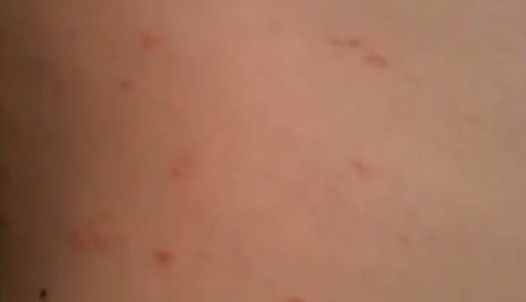
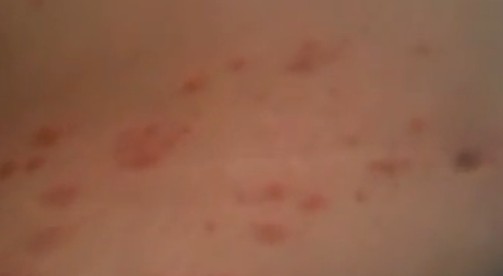
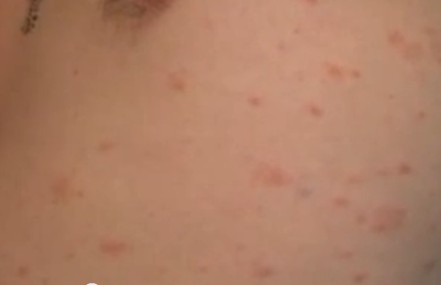
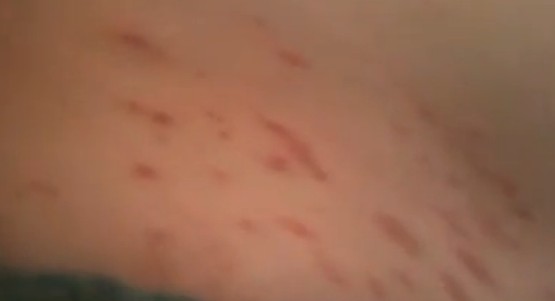
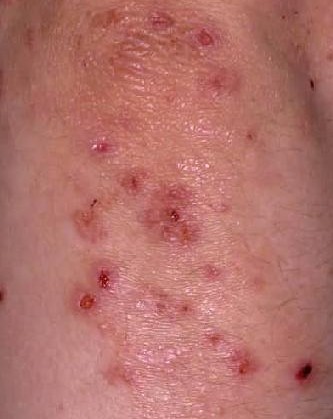
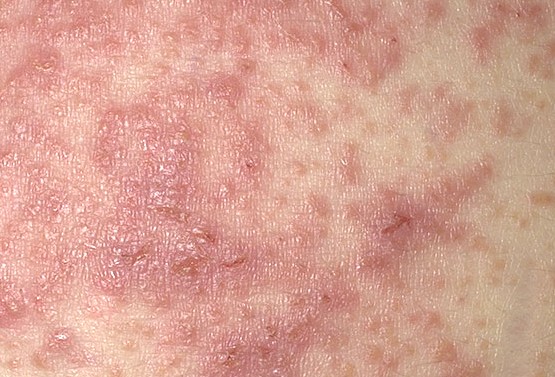
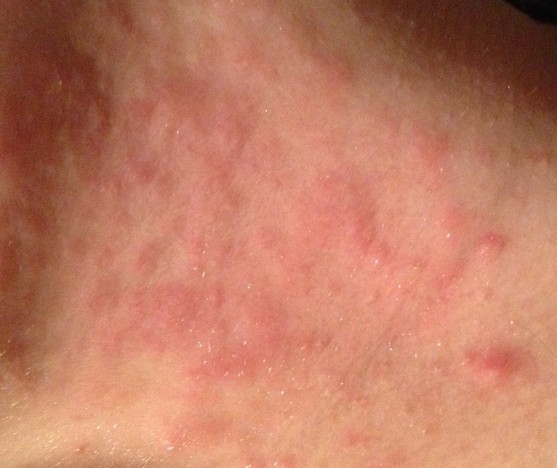


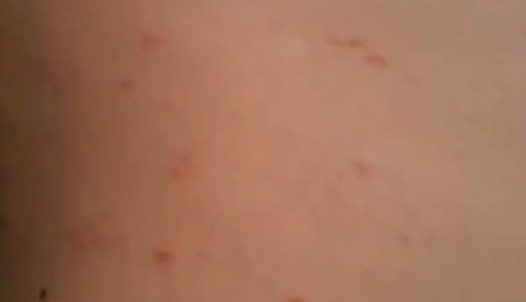
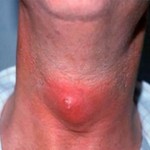

Thanks for this info. Just an FYI, oats don’t have gluten, but they are often cross-contaminated due to harvesting and processing.